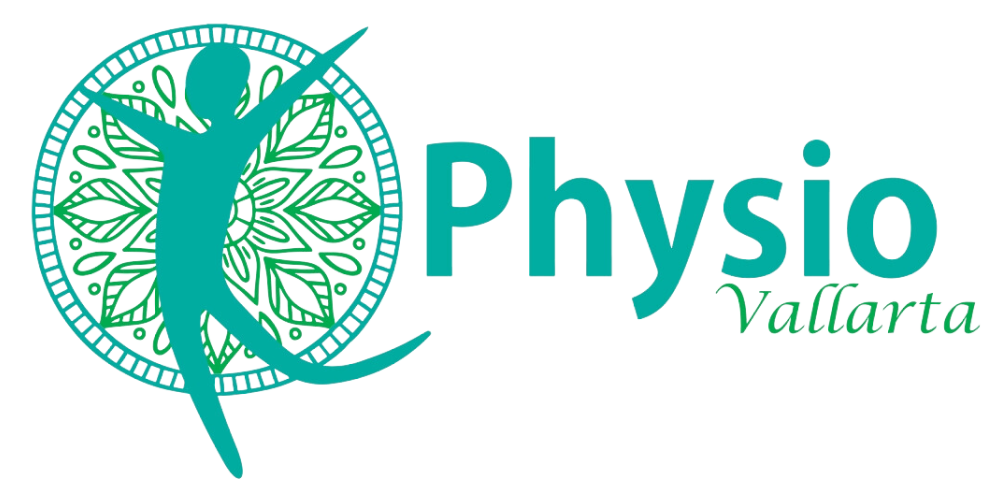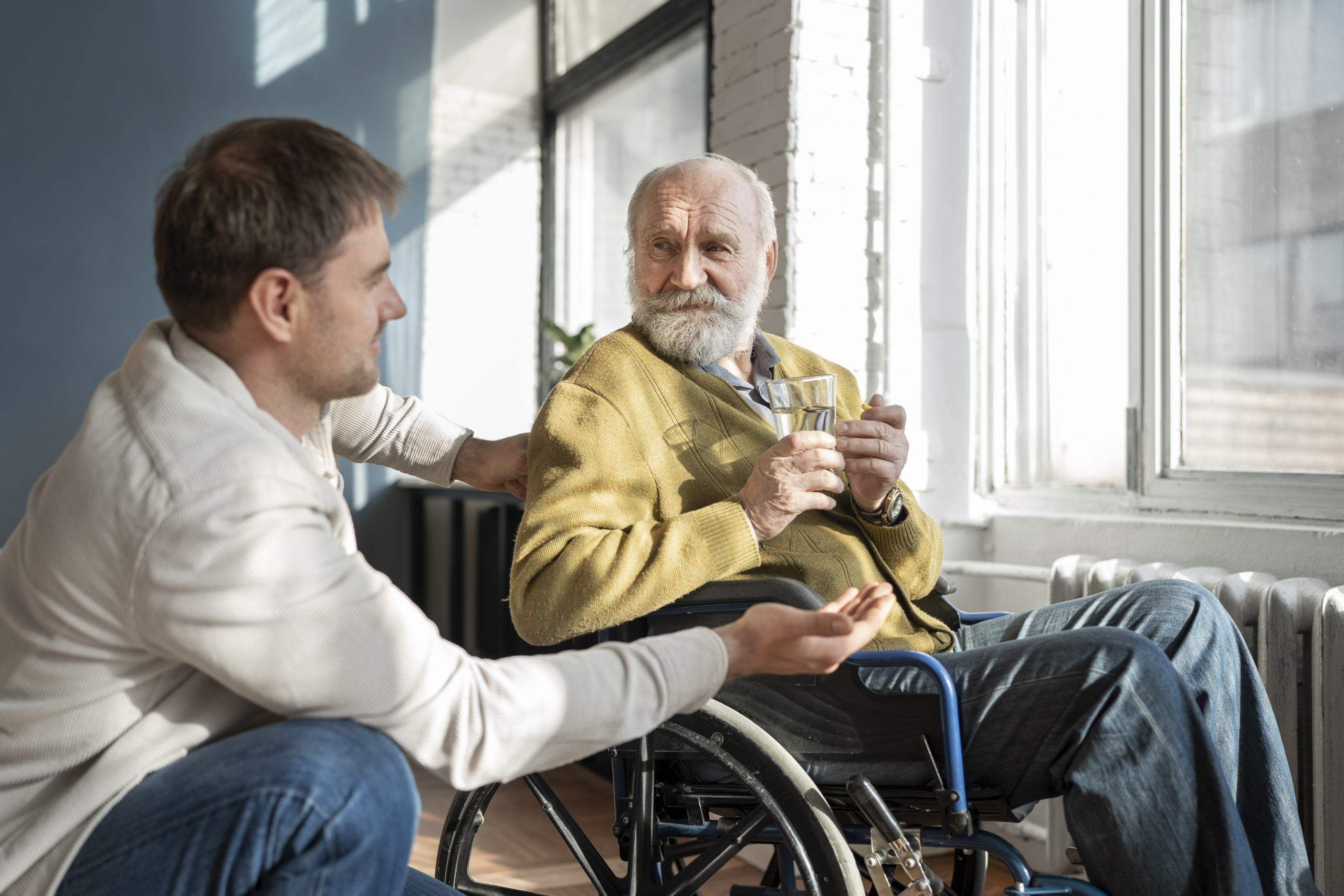Parkinson’s disease is a degenerative disorder that occurs with aging and is manifested by slow movements, tremors at rest and rigidity that affects the patient’s mobility. In the advanced stages limited movement and physical limitations can lead to apathy in the patient and a loss of independence. Despite the fact that there is no curative treatment that prevents its evolution once diagnosed, a multidisciplinary medical approach helps to control the symptoms during the evolution of the disease.
A physical therapy program can be of great help from the moment a diagnosis is made continuing throughout the entire period of their illness with the aim of improving the patient’s movement and autonomy. Improving their quality of life and helping them to coexist with the family and social environment.
The intervention through physical therapy begins by evaluating the level of capacities of the nervous and motor systems, as well as cognitive abilities. Information is collected from the experience of the patient and the family, to establish the objectives.
What are the some examples of objectives in our program?
* Maintain or increase range of motion
* Avoid joint deformations due to prolonged incorrect posture
* Maintain or increase muscle tone and strength
* Teaching postural habits such as changes of direction when walking, changing from sitting to standing and even training for falls as prevention
* Emphasize coordination and balance movements
* Facilitate information through the different senses to achieve control and body awareness
* Maintain and increase independence and functional capacity.
A physical therapist will evaluate a patient’s motor alterations. The therapist knows it is not only about movement, it is important to know how these alterations affect day to day activities.
Below are the main areas of observation and analysis to establish starting parameters and most importantly define a plan of action.
* Gait disturbances; the ability to move with or without help in different spaces and distances.
* Posture changes; the harmony of the motor system (bones, muscles and joints) to maintain different positions, both dynamic (in movement) and static (without movement).
* Alterations in balance; how you achieve the stability of your body when there is or is not a demand for movement.
* Alteration in functional movements; the movement that is exercised in an optimal state of health and has an objective and a function, for example, dressing.
All this data is of great help in developing a personalized comprehensive physical therapy program which can also include psychotherapy and massage therapy.
It is also important that family members attend to their physical and emotional needs during the different stages of progression so that they know how to live with the patient and reduce the effects of stress a bit. At Physio Vallarta we can also create a program for the caregiver while the patient is receiving therapy.
If you want to know more about Parkinson’s we recommend this link: https://www.parkinson.org/library/fact-sheets/physiotherapy-exercise


